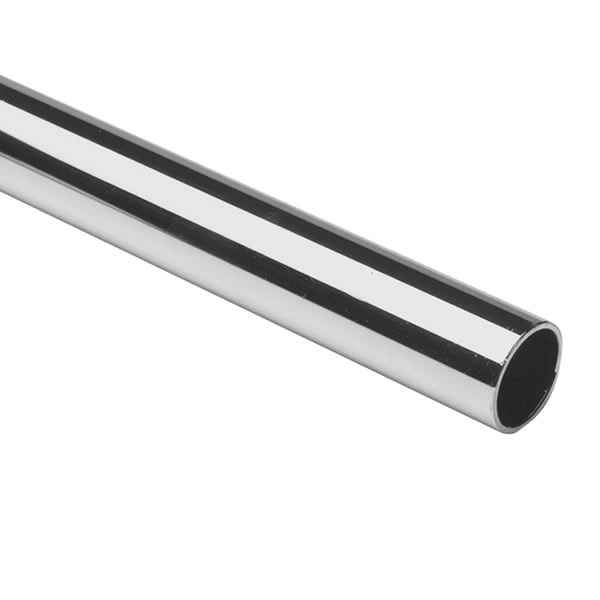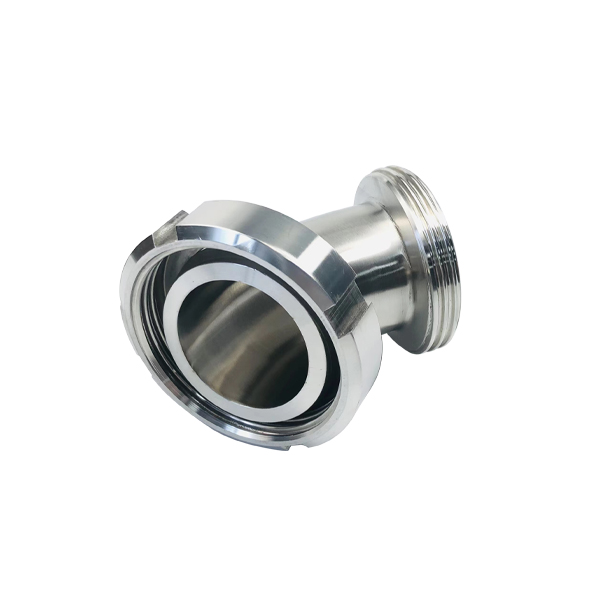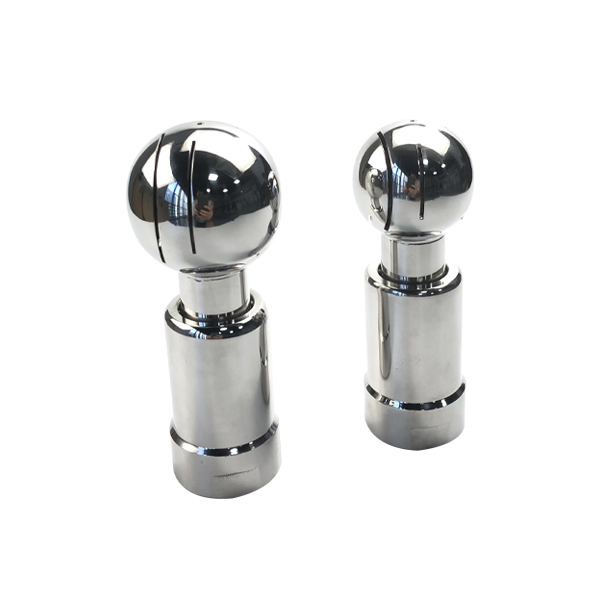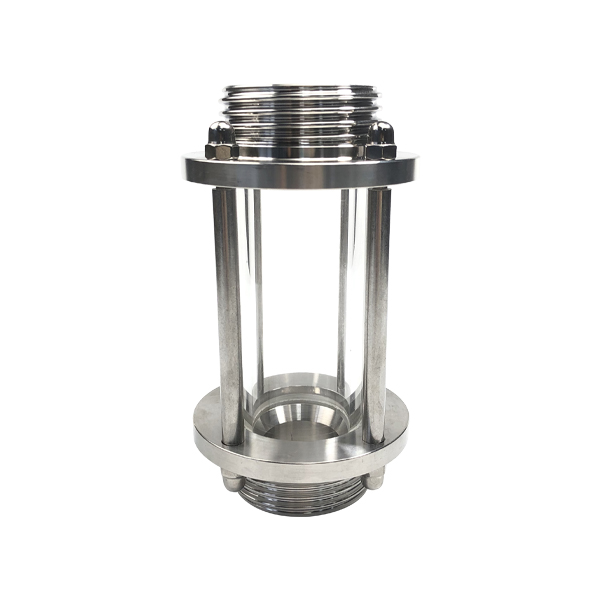MIXING JAR
Blending tanks generally refer to tanks for blending and preparing related materials, also called configuration tanks (preparation tanks). They are mainly used for formula proportioning of food and da
Blending tanks generally refer to tanks for blending and preparing related materials, also called configuration tanks (preparation tanks). They are mainly used for formula proportioning of food and dairy products, liquid preparation in the pharmaceutical industry, and ingredients in chemical, coating and other industries.
Function and application of blending tank: It has the functions of stirring liquid, preparing materials, heating and heat preservation, and storing materials.
1. Automatic control operation of blending tank
When the blending tank is powered on, the temperature, rotation speed, pressure and other sensors installed on the tank will transmit corresponding signals to the tank controller. The controller will display the corresponding signals and at the same time, pass the temperature signal and temperature setting signal respectively. After comparison, the heating power is adjusted by PID regular on-off or phase modulation to make the actual temperature consistent with the set temperature; after comparing the speed signal with the speed setting signal, the motor speed is PID Regular adjustment makes the actual speed consistent with the set speed; after comparing the pressure signal with the pressure setting signal, when the pressure exceeds the set value, an alarm is issued to remind the operator to handle it in time. At the same time, the working time of the blending tank is recorded to achieve the purpose of comprehensive control of the blending tank.
II. Use and maintenance of blending tank
1. It should be operated and used strictly according to the working pressure and working temperature specified on the nameplate of the blending tank to avoid danger.
2. Strictly abide by the regulations on cooling, oil filling, etc. in the mixing tank instruction manual, and do a good job in the maintenance and upkeep of the mixing tank.
3. According to the production processes that are not used, such as dairy and pharmaceutical companies, which have higher hygiene requirements, strict attention should be paid to the cleaning and daily maintenance of the mixing tank. For cleaning and maintenance, please refer to the instruction manual of the mixing tank.
3. Installation and debugging of blending tank equipment
1. Please check whether the mixing tank has been seriously damaged or deformed during transportation, and whether the fasteners of the mixing tank are loose.
2. If the high-speed mixing tank needs to be anchored, the user is required to use pre-embedded anchor bolts to install the mixing tank horizontally on a solid foundation.
3. Please install the electrical control device and accessories of the blending tank correctly under the guidance of professionals, and check whether the pipeline is smooth, whether the installed instruments are correct, and whether there is any damage. Before starting the blending tank, please check whether there are people or objects inside and around the equipment that may affect the normal operation of the blending tank to avoid danger.
4. After the blending tank is installed, please first conduct a test run for a few seconds. Only after confirming that there is no electrical short circuit or abnormal sound can you conduct a short-term test run.
5. If the blending tank is equipped with a mechanical seal, an appropriate amount of 10# or sewing machine oil must be injected into the mechanical seal lubrication groove before the main engine is started. For water-cooled mechanical seals, cooling water must be passed into the mechanical seal cooling cavity to facilitate the machine. The sealing device is well lubricated and cooled.
6. After the blending tank is in normal operation, please check the bearing temperature, running smoothness, sealing, etc., and whether the instrument is normal. Only after confirming that it is normal can it be put into operation.





